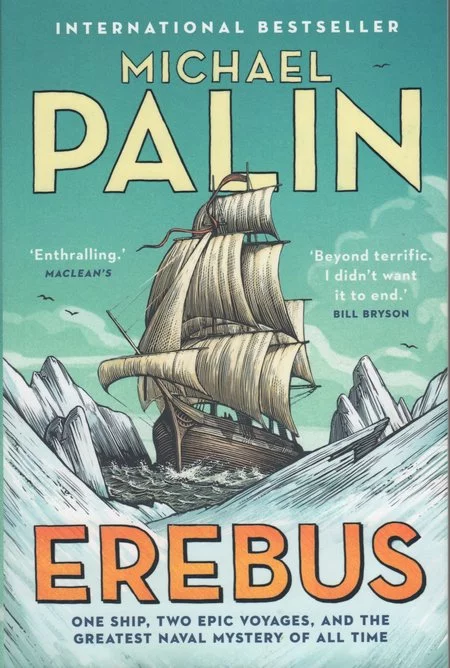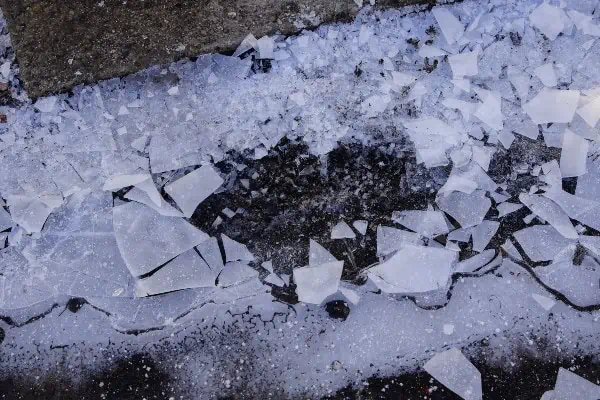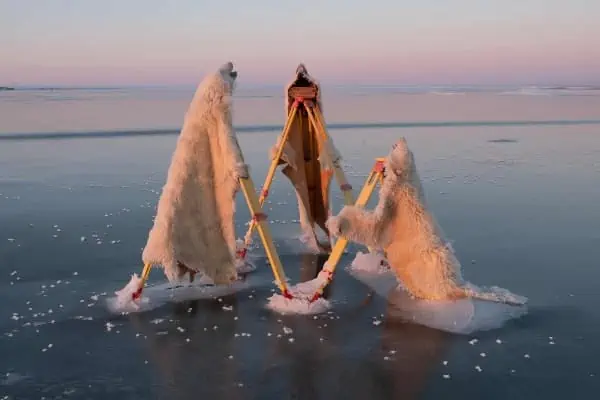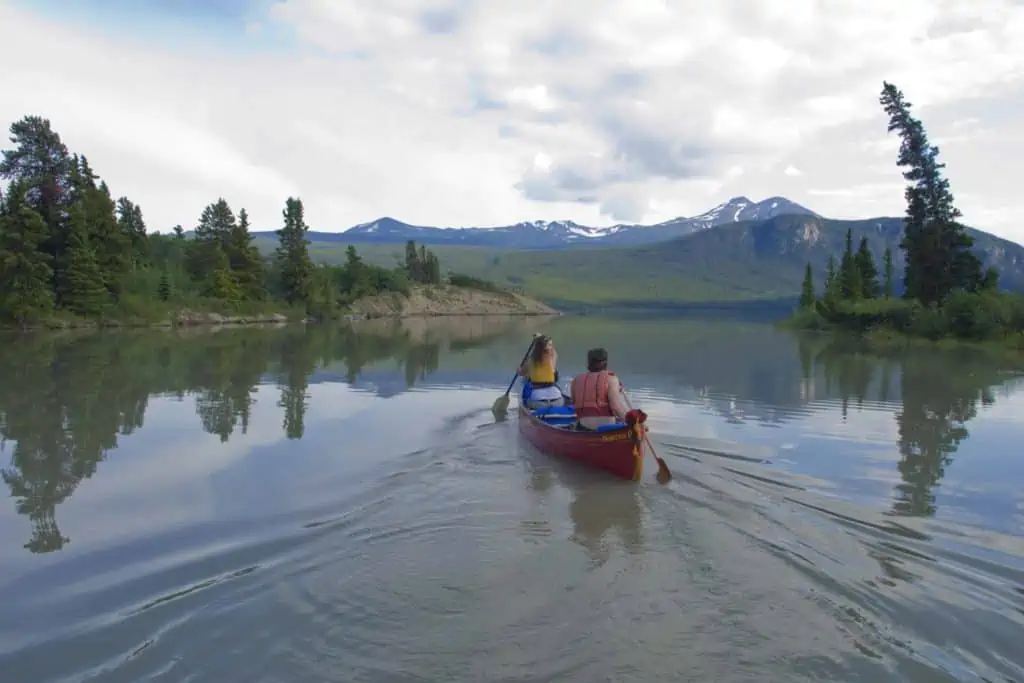
Let’s begin at the end.
“On 9 September 2014, at a press conference in Ottawa, Prime Minister Harper announced to the world that one of Franklin’s ships had been found.”
It was a few days later when it was confirmed which of the two ships from the fabled Franklin Expedition it was – not the HMS Terror, but the second ship, James Clark Ross’s HMS Erebus. Franklin’s flagship would have to wait another two years to be discovered.
Both had been lost to the world for over a century and a half, and the subject of much time and money spent in trying to find them.
Michael Palin’s book is primarily concerned with HMS Erebus, but the two ships seem to be linked in both their origins, as bomb ships for the Royal Navy, and as war vessels that were eventually converted into exploration ships. They were partners in voyages of exploration to both Antarctica and the Arctic, and both perished in 1846 in what would become the Canadian North, so there’s a lot about both of them in this book.
Erebus was 13 years younger than her partner ship, having been built in 1826. Christened with the name of the darkest region of Hades, the Greek underworld, she was nevertheless put to the more peaceful purpose of advancing the scientific study of magnetism around the world, but especially in the southern polar regions, while also charting and naming many features of the continent.
Palin, who is certainly best known as a member of the Monty Python comedy troop, has had a second career as a travel writer, which has taken him around the world a number of times and, coincidentally, to many of the places he needed to be familiar with in order to write this book, which comes across as part history and part memoir. There are lots of little asides comparing the places Erebus and Terror put into land with how Palin found them during his visits.
We get a good picture of life aboard the ships on their travels. Of course there is more to be said about the Antarctic expedition, as the officers on that trip survived to write popular books about it, while their final voyage to the north must be largely conjecture assembled from the kind of kitchen midden leavings that are the joy of archeologists, but tend to lack the human touch.
Palin makes up for that by delving into the lives of the central players, the captains of the two ships, as well as some of the officers who carried out the scientific studies which were so much a part of their voyages.
Erebus was delightful. Palin has an absorbing narrative style and relates the facts of the matter without being stuffy. There are lots of maps and black and white images scattered through its pages, as well as 16 pages of colour material in two inserts.
I was surprised by this book, which came to me as a Christmas gift from my son. I had to wait for cataract operations before I could read it, but it was the first non-fiction book I waded into when I could see words on paper again.




